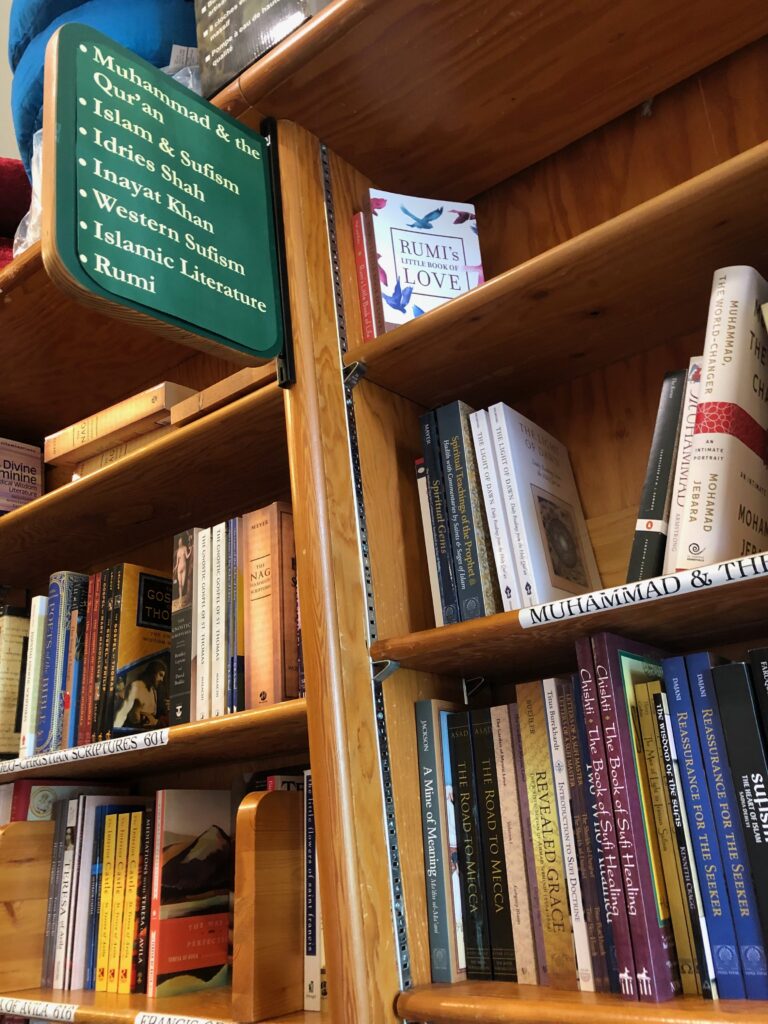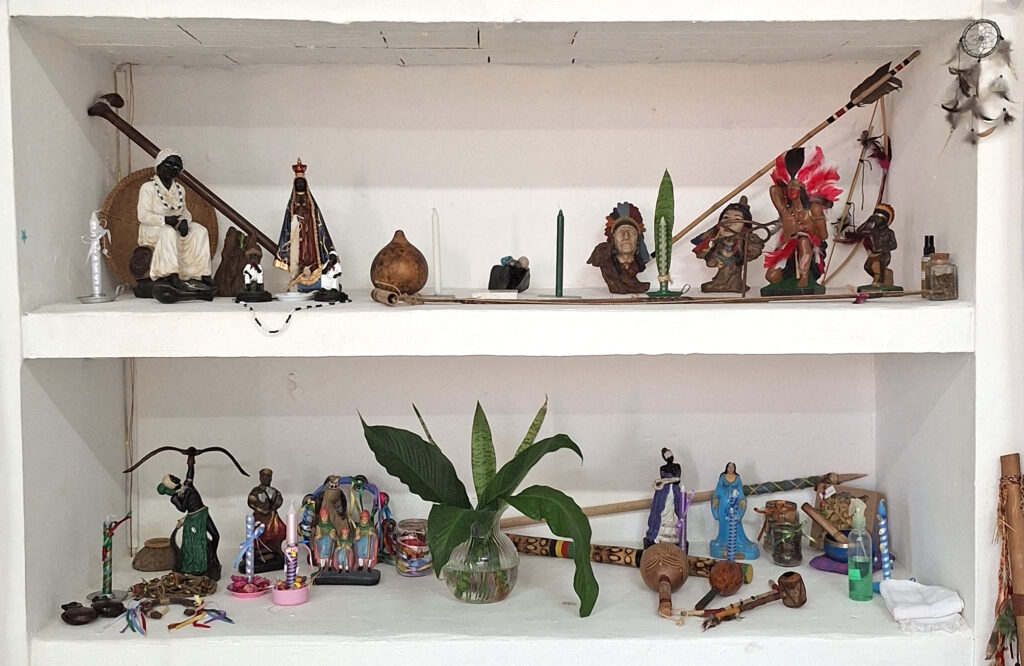by Farish A. Noor
On May 2, 2023 I gave a lecture entitled ‘The Uses of Magic,” in which I looked at the works of the British colonial-era scholar Walter William Skeat (1866-1953), who wrote extensively about the customs and life-rituals of the Malays of the Malay Peninsula. In particular, I wanted to explore Skeat’s monumental work Malay Magic (1900), an encyclopedic compendium of Malay customs and beliefs that is still highly regarded today.
Before exploring Skeat’s work and his subject-position as a scholar working under the auspices of Empire, I needed to be clear about my own subject-position. I pointed out that I am a political historian whose main area of research is colonialism in 19th century Southeast Asia. There has been an enormous amount of work written about Western colonialism in 19th century Southeast Asia, by scholars who have studied the workings of empire-building and colonial governance. My own interest, however, is in the domain of language – as my academic foundation lies in the fields of philosophy and literature – and I am particularly interested in the works written by British, American, Dutch and French scholar-colonisers of that period. In my own work, I have particularly sought to demonstrate the discursive constructiveness of Southeast Asia, as an idea that was formed within the institutional structures of racialised colonial capitalism.
To this end, my works have examined how successive colonial-era scholars – some of whom were colonial functionaries while others were colonial-capitalists – have contributed to the idea of ‘Southeast Asia,’ not only as a region with clear geopolitical boundaries, but also as the home to various communities (sometimes framed and understood in biological terms as separate ‘races’) who were endowed with specific historically-determined and essentialised characteristics.
In this regard Skeat, whose work was published in 1900, was the successor to a long and older tradition that can be traced back back to earlier British colonial scholars like William Marsden, Stamford Raffles, and John Crawfurd. In their writings, these authors had provided their readers back in England with a very specific understanding of the various communities of Southeast Asia. I pointed out that in their writings, each of these communities was seen and cast in terms that were often debilitating, such as the notion of the ‘idle and child-like’ Javanese or the ‘violent’ Burmans. That some of the early anthropologists writing about the communities of Southeast Asia were inclined to adopt and repeat some of these essentialised assumptions about the peoples of the region reveals the extent to which 19th century anthropology was often closely aligned to the workings of racialised colonial-capitalism too.
The Malays that Skeat writes about in his work were, by the year 1900, a community whose identity had changed over time. In the first half of the 19th century, the Malays were considered a ‘piratical race’ inclined towards violence and theft. But as British colonial power extended deeper into the Malay lands, native sovereignty was compromised and in due course the Malays were seen and portrayed as an ‘agrarian people’ who were bound to the land, ‘unscientific’ in their thinking and unable to progress without Western intervention.
It is against this political backdrop that we must understand Skeat’s writing, and situate him within the broader apparatus of British colonial-capitalism in British Malaya. In looking closely at Skeat’s work, I highlighted the fact that Skeat was attempting to study Malay magic to such an extent that he discovered ‘magic’ wherever he looked. An example of this can be found in Skeat’s work, where he discusses the role of the so-called ‘Tin wizard’ (Pawang), whose role was to seek out tin deposits and to manage tin mining operations in places like the Kinta valley. Skeat went to great lengths to list the ritual practices and taboos associated with Malay methods of tin mining, but as I have argued, some of these ‘taboos’ seem rather mundane and practical – such as the prohibition to carry weapons near tin mines or wearing flammable materials near smelting sites. To what extent are these regulations ‘magical,’ one might ask? And were they not similar to the regulations enforced in the coalmines of Europe at the same time? In my lecture I argued that we can see the role of the Pawang from other perspectives too, and perhaps the Pawang can be seen as a free economic agent who offered his services for payment, or perhaps as a kind of spiritual entrepreneur who was aware that the cultural capital he possessed had economic value.
Skeat’s work is a case where the method creates the object, and as with a person who is inclined to see everything as problematic, such a person will only find problems wherever he looks. Was Skeat, therefore, guilty of over-extending the scope of his own research to the point where he considered everything he saw and recorded to be ‘magical’? This was one of the points that was discussed at the end of the lecture when we reflected on the nature of our own academic research today, and the concern that we might be imposing upon the subjects of our research ideas and notions that are not theirs in the first place.
The discussion that followed was rich and lively, touching on a wide range of issues.
Another question that was raised was the timing or historicity of Skeat’s work and the need to contextualise it. Skeat was of course trying to study Malay magic at a time when his own society had advanced, thanks to the Industrial Revolution, and the notion was emerging in the Western world that the Western, capital-driven mode of development was the only one that was truly modern, rational, and scientific. The consequence of this in-group echo chamber thinking by Skeat and his contemporaries was the tendency to dismiss other non-Western attempts at modernity as secondary, inferior, or misguided and bound to fail. The net result of this cultural myopia, I argued, was the development and perpetuation of the stereotype of the ‘irrational, unscientific’ Malay, which was of course a very convenient instrumental idea that also served to rationalise and justify British colonialism in Malaya and other parts of Asia at the time.
By way of concluding, I noted that I do not really have any deep misgivings about Skeat´s work and writing, as it remains one of the most comprehensive studies of Malay society written at the time. The problem that emerges later is the cultural bias and narrow perspectivism that Skeat – as a colonial anthropologist – brought to his work due to his double-blindness: The fact that he was firstly blind to his own subject-position as a colonial scholar whose work was supported by the power of an Empire behind him, and secondly his blindness to the possibility that the Malay ‘magicians’ he wrote about could have also been studied from other perspectives, too (as purveyors of cultural capital, as economic agents, as ‘spiritual entrepreneurs,’ etc.). None of this necessarily negates Skeat’s work or renders it false, but it does remind us of the fact that within the humanities there exists a wide range of methodological tools and approaches that do not necessarily contradict each other. Skeat was certainly ambitious in his efforts and the scope of his interests was broad, but unfortunately for him and his work, his perspective was too narrow.
#
Farish A. Noor is presently Visiting Professor at the SDAC Standards of Decision-Making Across Cultures Elite Masters Program, Friedrich-Alexander University FAU. He was also Professor of History at the Department of History, Faculty of Arts and Social Sciences, University of Malaya (UM), Malaysia.
___
CAS-E blogs may be reprinted with the following acknowledgement: “This article was published by CAS-E on May 12th, 2023.”
The views and opinions expressed in blog posts and comments made in response to the blog posts are those of the author(s) and do not necessarily reflect the views and opinions of CAS-E, its founders, its staff, or any agent or institution affiliated with it, nor those of the institution(s) with which the author is affiliated.
___
Image credits: © Farish A Noor








